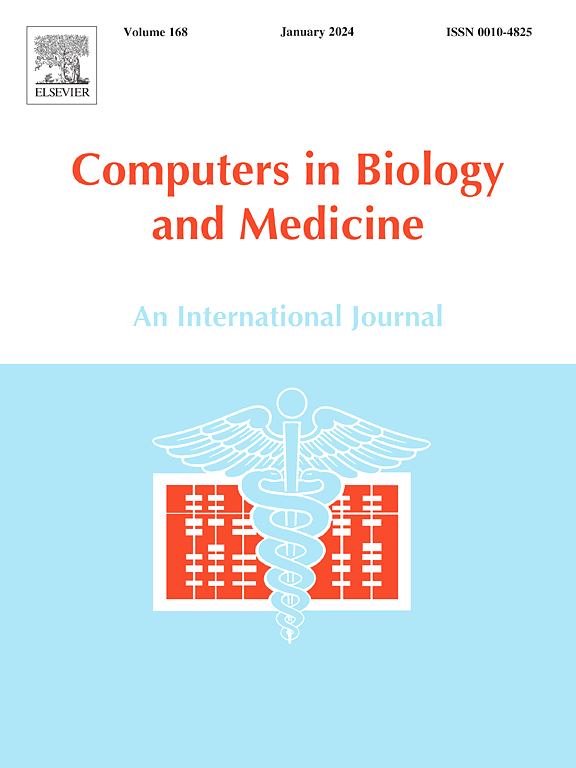骨关节炎软骨老化相关免疫分型生物标志物的新特征
IF 7
2区 医学
Q1 BIOLOGY
引用次数: 0
摘要
本文章由计算机程序翻译,如有差异,请以英文原文为准。
A novel signature of cartilage aging-related immunophenotyping biomarkers in osteoarthritis
The objective of this study was to identify aging-related immunophenotypic biomarkers associated with osteoarthritis (OA) using advanced machine learning techniques. We employed a combination of lasso regression and random forest algorithms to analyze transcriptomic data obtained from OA patients. Differential expression analysis and functional enrichment analysis were conducted to identify aging-related differentially expressed genes (ag-DEGs) and annotate their biological functions. Furthermore, correlation analysis among hub genes and immune cell infiltration analysis were performed to understand the molecular phenotypes of OA. Our analysis identified 43 ag-DEGs enriched in immune-related biological processes and pathways. Lasso regression and random forest analysis narrowed down the gene pool to three hub genes: CACNA1A, FLT1 and KCNAB3. These genes exhibited differential expression between normal and OA groups and demonstrated high accuracy in distinguishing between them. Clustering analysis revealed two distinct molecular phenotypes of OA: an "immune-activated subgroup" and an "immune-suppressed subgroup." Experimental validation confirmed the expression patterns of hub genes. This study identified biomarkers associated with the aging-related immune phenotype in OA, shedding light on potential targets for immunotherapy and personalized medical treatments. Characterized by CACNA1A, FLT1, and KCNAB3, clustering analysis suggests that OA can be divided into two molecular phenotypes: an "immune-activated subgroup" and an "immune-suppressed subgroup." The findings may contribute to the development of novel therapeutic strategies aimed at modulating immune responses in OA patients, ultimately improving treatment outcomes and prognosis.
求助全文
通过发布文献求助,成功后即可免费获取论文全文。
去求助
来源期刊

Computers in biology and medicine
工程技术-工程:生物医学
CiteScore
11.70
自引率
10.40%
发文量
1086
审稿时长
74 days
期刊介绍:
Computers in Biology and Medicine is an international forum for sharing groundbreaking advancements in the use of computers in bioscience and medicine. This journal serves as a medium for communicating essential research, instruction, ideas, and information regarding the rapidly evolving field of computer applications in these domains. By encouraging the exchange of knowledge, we aim to facilitate progress and innovation in the utilization of computers in biology and medicine.
 求助内容:
求助内容: 应助结果提醒方式:
应助结果提醒方式:


